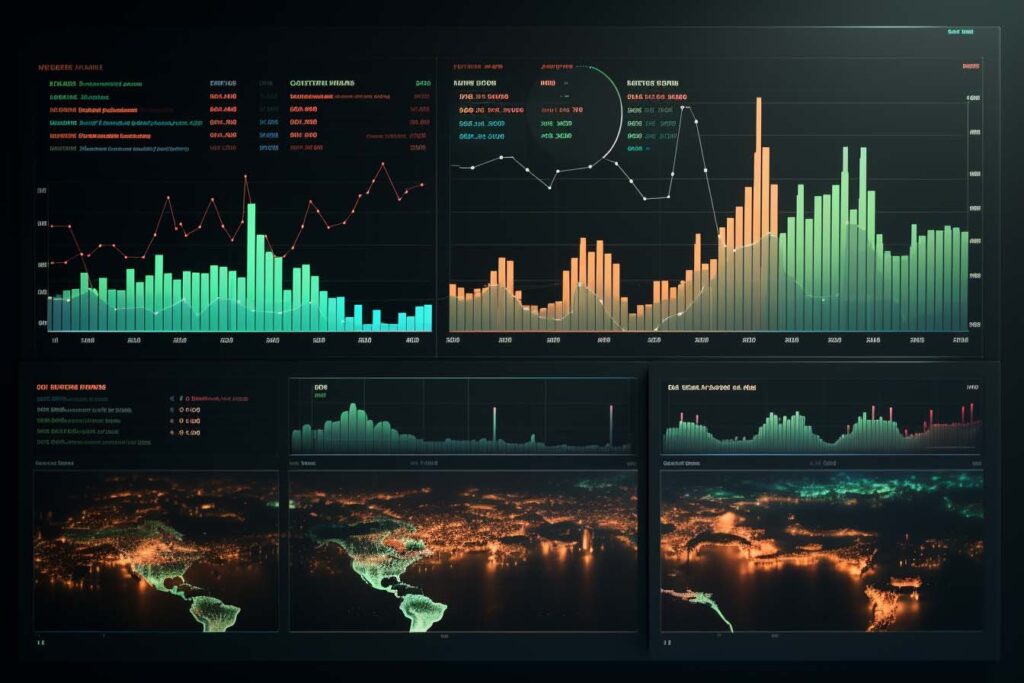Dive deep into the history and evolution of technology automation, discovering how it has reshaped industries, education, and our daily lives over the decades. From the first automated looms to the sophisticated AI-powered systems of today, technology automation has revolutionized the way we work, learn, and live. This anchor page takes you on a journey through time, exploring the key milestones and breakthroughs that have propelled automation forward, and the profound impact it has had on society.
The Early Days: Automating Industrial Processes
In the early 19th century, the Industrial Revolution set the stage for the birth of technology automation. The introduction of water and steam-powered machines brought with it the potential for automating various industrial processes. The first automated looms, for example, eliminated the need for manual weaving and significantly increased textile production. This early wave of automation laid the foundation for further advancements in the decades to come.
The Rise of Computing: Automation Goes Digital
With the advent of computers and the development of digital technology in the mid-20th century, automation took a giant leap forward. Early mainframe computers enabled automation in complex calculations and data processing tasks. The rise of assembly line robots in manufacturing further exemplified the potential of technology automation. As businesses embraced digital automation, processes became faster, more efficient, and less reliant on human intervention.
The Internet Era: From Web 1.0 to Web 3.0
The emergence of the internet in the late 20th century paved the way for a new era of technology automation. With the rise of Web 1.0, static websites presented information but lacked interactivity. However, as the internet evolved, so did automation capabilities. Web 2.0 brought dynamic content, user-generated data, and interactive features, revolutionizing how we consume and share information. Today, Web 3.0 and the Internet of Things (IoT) have ushered in a new level of automation, connecting devices and enabling seamless communication between them.
Automation in Industries: Transforming the Workplace
Technology automation has had a profound impact on various industries, transforming the workplace and redefining job roles. Manufacturing plants now employ advanced robotics and AI-powered systems to handle intricate assembly tasks, increasing production speed and precision. In healthcare, automation streamlines administrative processes, enabling medical professionals to focus more on patient care. Financial institutions leverage automation for tasks like fraud detection and data analysis, enhancing security and efficiency.
Education and Learning: The Digital Classroom
The evolution of technology automation has also revolutionized the field of education. The digital classroom offers new opportunities for interactive learning, personalized instruction, and remote education. Educational software and AI-powered tools assist teachers in assessing students’ progress and tailoring lesson plans to individual needs. Virtual reality (VR) and augmented reality (AR) technologies take learning beyond textbooks, providing immersive educational experiences.
The Future of Automation: AI and Machine Learning
As we look to the future, the convergence of automation, artificial intelligence, and machine learning promises even greater advancements. AI-powered chatbots and virtual assistants are already becoming commonplace, revolutionizing customer service and support. Machine learning algorithms enable predictive analytics, helping businesses make data-driven decisions. However, ethical considerations surrounding AI and automation remain crucial, as we navigate potential challenges such as job displacement and privacy concerns.
Technology automation has come a long way since its humble beginnings. It has reshaped industries, made our lives easier, and opened up new possibilities. From the automated looms of the Industrial Revolution to the AI-powered systems of today, automation continues to evolve, transforming the world as we know it. As we embrace the benefits and address the challenges, it is clear that technology automation will play an increasingly integral role in shaping the future.







